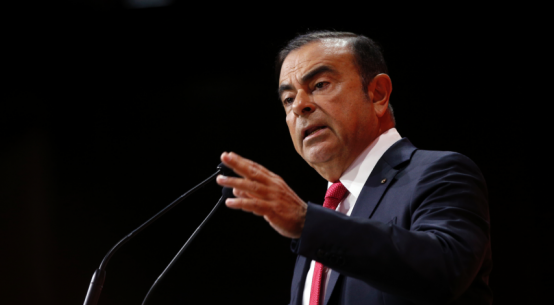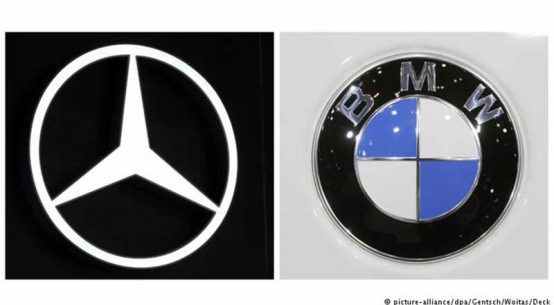
Jim Hackett, chief executive of Ford Motor, had promised a plan to improve the company’s “fitness” and strategic direction. CreditJoe Vaughn for The New York Times
New York (NYT) – Ford Motor’s new chief executive offered a blueprint on Tuesday to take advantage of changing customer tastes and new technologies such as electric and self-driving cars.
The executive, Jim Hackett, who took Ford’s top job in May, told investors in New York that the company would spend more heavily on businesses and regions that are growing and profitable, including China and the United States, and less on slower-growing regions like Europe.
The company will also cut back on developing passenger cars, which are falling out of favor with consumers around the world. Instead, it will shift about $7 billion in investment toward trucks, sport-utility vehicles, electric cars and autonomous vehicles — products that are growing in popularity and likely to generate profits in the years ahead.
“The decision to change is not easy — culturally or operationally,” Mr. Hackett said in a statement, adding that the approaches that have brought success in the past “are really no guarantee of future success” as the industry is reshaped by new technology and global markets.
One immediate area of emphasis will be connected vehicles, which collect data about their operations and surroundings that can be used to provide new digital services for owners and passengers. By 2019, all new models introduced in the United States market will be able to transmit data back to Ford or business partners, Mr. Hackett said. Ford is planning a similar rollout of connected cars in China. By 2020, 90 percent of all new models, regardless of market, will offer such connectivity.
He said Ford was also accelerating development of battery-powered vehicles.
Mr. Hackett, a former chief executive of the office furniture manufacturer Steelcase, joined Ford’s board in 2013 and its executive ranks last year. His predecessor as chief, Mark Fields, had come under pressure because of a decline in profits, a sagging stock price and concerns about whether Ford was falling behind on self-driving cars.
When he arrived, Mr. Hackett promised to review all of Ford’s businesses and operations, and prepare a plan within about 100 days for improving the company’s “fitness” and strategic direction. Since then, he has said little in public.
In June, he announced Ford would import a new version of its Focus small car from China to avoid having to build a new plant to make it in North America. Ford had previously planned to build a $1.5 billion plant in Mexico but canceled it before Mr. Hackett took the helm.
Ford reported net income of $2.04 billion in the quarter ended June 30, an increase of almost 4 percent from the same period a year ago. But the rise came mainly because of a big profit in its credit arm and a cut in its tax bill. Its auto operations in North America suffered a 19 percent drop in operating profit in the quarter.








